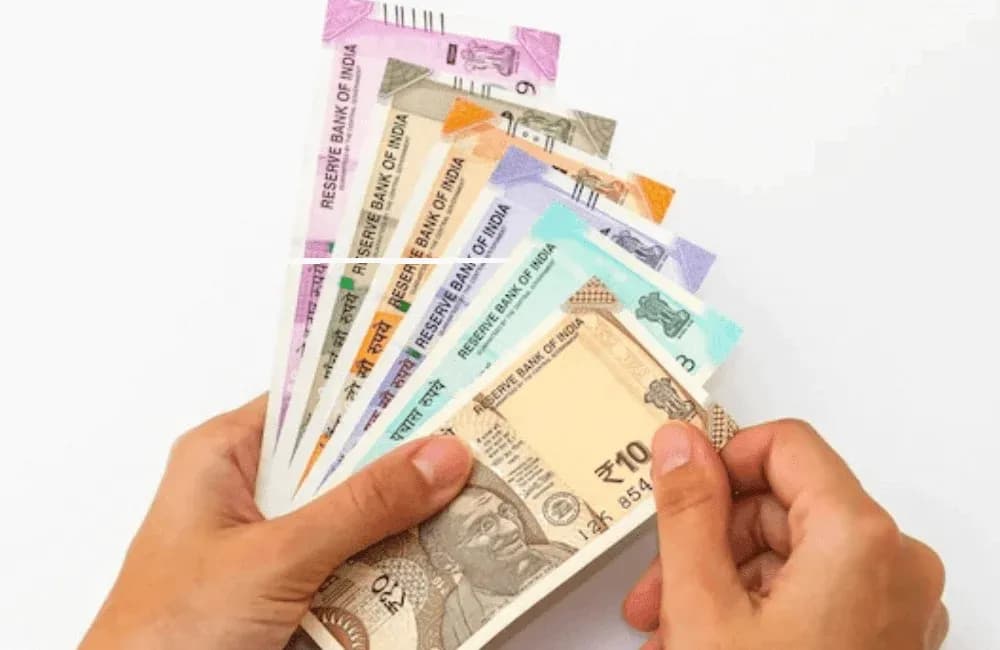
Blogs
Excessive Monetary Tightening in India as compared to OECD

Excessive Monetary Tightening in India as compared to OECD
Singularity is the biggest threat
In this note we will see how behavior of RBI in recent years is proving a relative impediment to economic growth.
In order to analyze inflation, this author prefers to study behavior of GDP deflator over a period of three years. The chart below shows the excess of three year CAGR of Indian GDP deflator over OECD GDP deflator.

Source: Decimal Point Analytics
The above measure has many advantages. Firstly, three year CAGR envelops and hence smoothens out the effect of vagaries of Indian monsoons. Secondly, by subtracting OECD GDP deflator from Indian GDP deflator, we remove effects of global commodity and energy super cycles, which affects all of the countries to differing extents. Thus, what we are left with is only the structural constraints in Indian economy at given level growth of economic activity leading to inflation. As clearly shown by the chart, in last three years, as the new administration took over and removed obstacles for commerce, especially in farm sector, the excess GDP deflator has shown a clear downward trend in India, showing that, possibly, other things being equal, the Indian economy has moved to a permanent relative lower inflation trajectory as long as current administrative policies remain in force.
Now, let us see how the policy rates in India have responded, on relative basis to this long term, secular, structural (and possibly sustainable) softening of inflation in India. The chart below shows Indian Central Bank policy rates minus average OECD policy rates at the end of each year.

Source: Decimal Point Analytics
If we subtract Chart 1 from Chart 2, we will get relative real interest rates in India as compared to OECD, as shown in the chart below.

Source: Decimal Point Analytics
The last chart clearly shows that, on relative basis, Indian central bank was somewhat accommodative in 2010 with negative relative interest rates, and by the end of 2016, RBI had moved to extreme tight monetary policy with real rates nearing four percentage points on relative basis.
In our view, in normal, middle of business and economic cycle, there is no economic logic for the relative real rates between two countries (or groups of countries) to vary beyond +/-0.50%. In other words, it is possible that history will determine that current monetary policy in India is too tight by three to four percentage points as compared to OECD.
